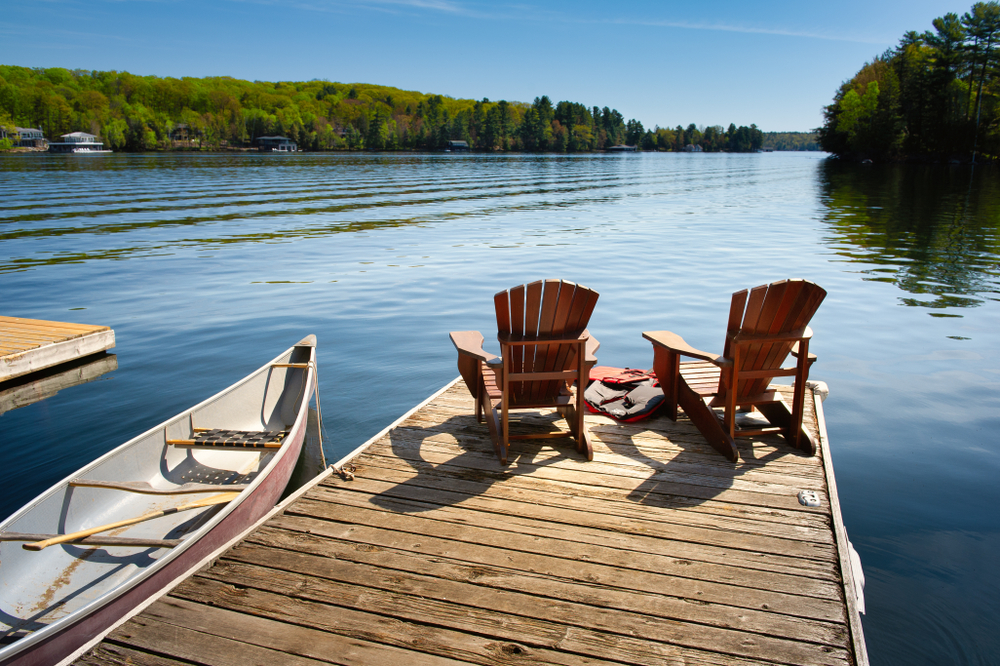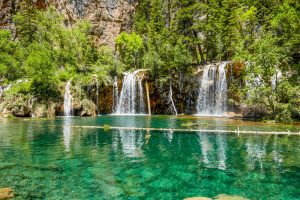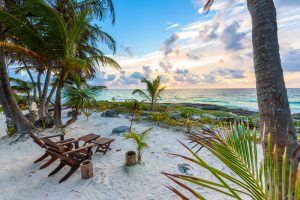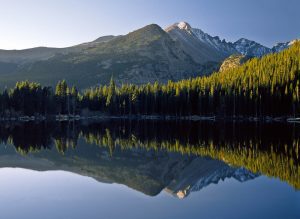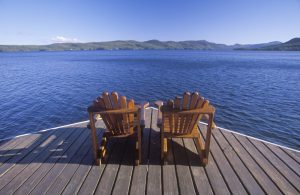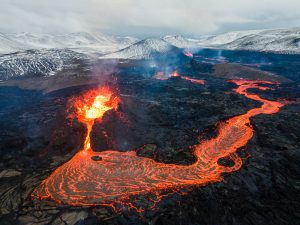Known as the country with the most lakes, there is no denying that Canada is home to some of the greatest bodies of water.
In fact, Canada’s lakes make up more than half of the lakes found around the globe which means no trip to the country would be complete without visiting one.
Plus, of this incredible number of lakes, many boast record-breaking features like dramatic depths and near-endless surface areas that’ll leave you speechless.
But if you are planning a trip to see what Canada’s lakes are all about, then it is only right that you visit one of their more reputable options.
And what’s more respected than the deepest lakes in the country?
Check out this list of the ten deepest lakes in Canada and prepare to be blown away.
Table of Contents
1. Great Slave Lake
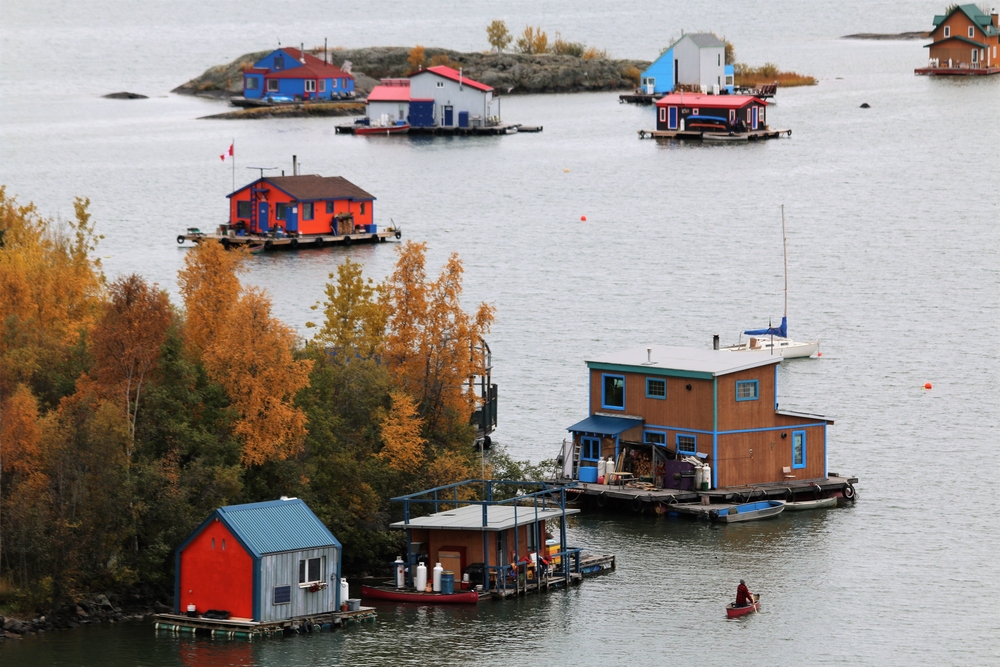
Known for being one of the largest lakes in the world, Great Slave Lake is undoubtedly an impressive body of water in terms of both size and depth.
You’ll find this gem in the northwestern part of Canada, and it is not only one of the deepest lakes in the country but also in the entire North American continent.
The lake dives down over one thousand feet – an astonishing depth of 1,015 feet, to be exact – but it somehow manages to stay frozen two-thirds of the year.
The name of the lake comes from the Dene people who were often referred to as Slavey and once called the areas surrounding this body of water home.
But this lake has been around even longer than the indigenous people, with its formation dating back over ten thousand years ago due to melting glaciers.
And even though the lake is frozen for much of the year, there are still plenty of ways to enjoy your time by the water.
For starters, fishing is one of the most popular activities on the lake, with stellar opportunities to catch fish like pike and trout.
The east arm of the lake is home to the newest edition of Canada’s national park system, Thaidene Nene National Park Reserve, and it is a remote wilderness like you’ve never seen before.
The only way to reach this national park is by taking a plane or boat ride to its shores, so it is rarely crowded and boasts some incredible sightseeing.
Here you can set up camp wherever your heart desires, spend hours relaxing on the sandy shore, and enjoy days surrounded by ancient rocks.
Plus, this is one of the few places in Canada where you can enjoy the beauty of the Northern Lights from the months of August to May.
Right down the road is the Mackenzie Bison Sanctuary, and you will know once you get there because these majestic creatures will often be spotted crossing the highway that runs through it.
Whatever you do, make sure to keep your eye out for the many beautiful birds that surround you, as there have been over two hundred species spotted around the lake.
And since the lake has very short nights during the peak season, you can enjoy the lake’s many wonders for just about twenty-four hours a day.
2. Adams Lake

Located in Canada’s British Columbia, Adams Lake is known for being one of the deepest lakes in the world with a whopping average of 981 feet.
And as impressive as that depth is, there are some sections of the lake that are even deeper, with the maximum depth totaling just about 1,500 feet.
The lake stretches out nearly forty miles from one end to the other with an average width of two miles, which allows visitors to enjoy endless fun amongst its waters.
Because of its giant size, the lake obtains its water through multiple outlets, with the most scenic being the Upper Adams River and Bush Creek.
The water continues from these on to Lower Adams River, where it drains into one of the most iconic sockeye salmon fishing destinations in the country.
While much of the lake is surrounded by remote wilderness, there are quite a few lakefront towns to explore when you are not out on the water.
Part of the lake is located within Adam’s Lake State Park, which offers plenty of ways to enjoy the lake whether it be swimming, hiking, or fishing.
Established as a park in 1988, there are fifty-six acres of wilderness to explore filled with white sandy beaches, dense aspen forests, and of course, the famous Adams Lake.
Camping is off-limits for much of the year to help maintain its pristine environment, but it does open up during the summer months to offer some pretty spectacular waterfront tent and RV sites.
And if you are looking for something even more remote, you can take a boat over to Adams Lake Marine Provincial Park, which is located on the other side of the lake.
Adams Lake Marine Provincial Park can only be accessed by boat, so it sees far less traffic than its sister park and offers the same great features.
It is around this park that you will see fishermen out and about attempting to catch the famous rainbow trout that live in the waters.
3. Great Bear Lake
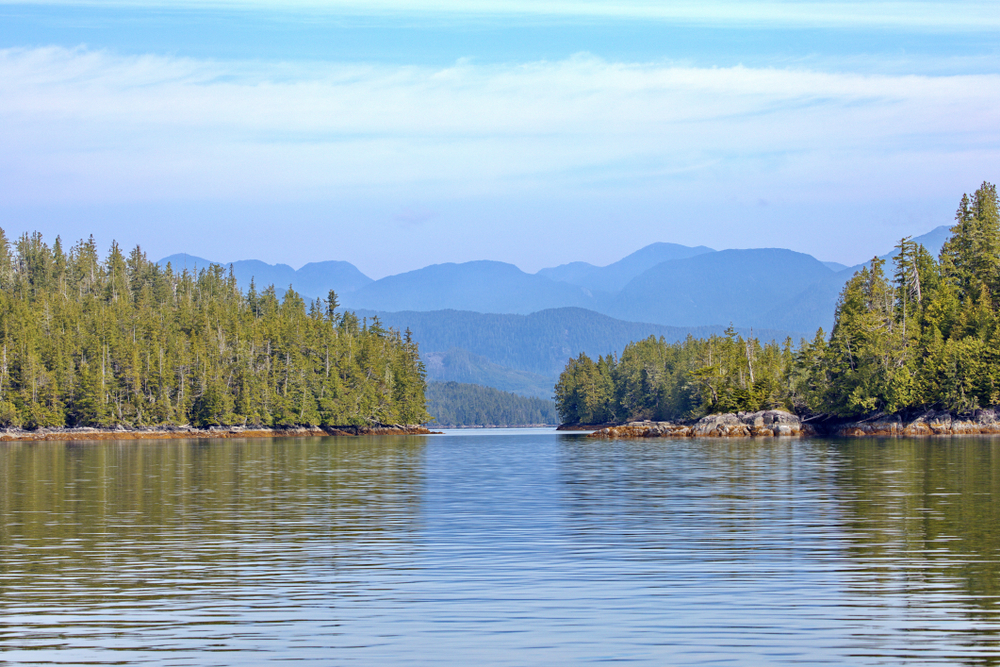
Known as the largest lake that sits completely in Canada, Great Bear Lake’s depth is impressive at 1463.25 feet.
The lake stretches out over twelve thousand miles, with nearly two thousand miles of shoreline – not including the many islands that are scattered throughout the water.
The small islands alone offer over five hundred miles of shoreline, so there are endless opportunities for people to lay out their towels on white sandy beaches.
Plus, the lake is nestled at the base of the Great Bear Mountain, offering breathtaking views everywhere you look.
The water in this lake is so clear that you can see nearly one hundred feet below the surface on any given day.
One feature that makes this lake stand out amongst Canada’s deepest lakes is its unique shape as it boasts multiple arms for fun day trips.
But since it is located in the northern part of Canada, it is exposed to extreme winters that keep the lake frozen from November to July.
During the summer months, you will find this lake filled with happy fishermen dipping their toes in one of the very best fishing lakes in the entire world.
Here you will find a large variety of species including trout, pike, and grayling with many of the world’s award-winning catches being home to these waters.
And when you are not fishing, you can be enjoying some of the many other wonders that Canada’s Northwest Territories have to offer.
Start your adventure at the Northern Frontier Visitors Center where you can learn more about the area, check out some cool soapstone carvings, and grab a bite to eat at the cafe.
The visitor center is located right outside of the bustling city of Yellowknife, where many people go to hang out after a long day on the water.
Yellowknife is made up of three districts known as the Old Town, Newtown, and Uptown, but the Old Town is where the city was born.
This is where you will find streets filled with antique shops and craft stores, small museums that dive deep into the city’s history, and breathtaking views of the harbor all along the way.
Or you could always grab your bear spray and head over to the Cameron Falls River Trail for one of the best hikes in the area and spectacular views of the lake.
4. Lake Superior
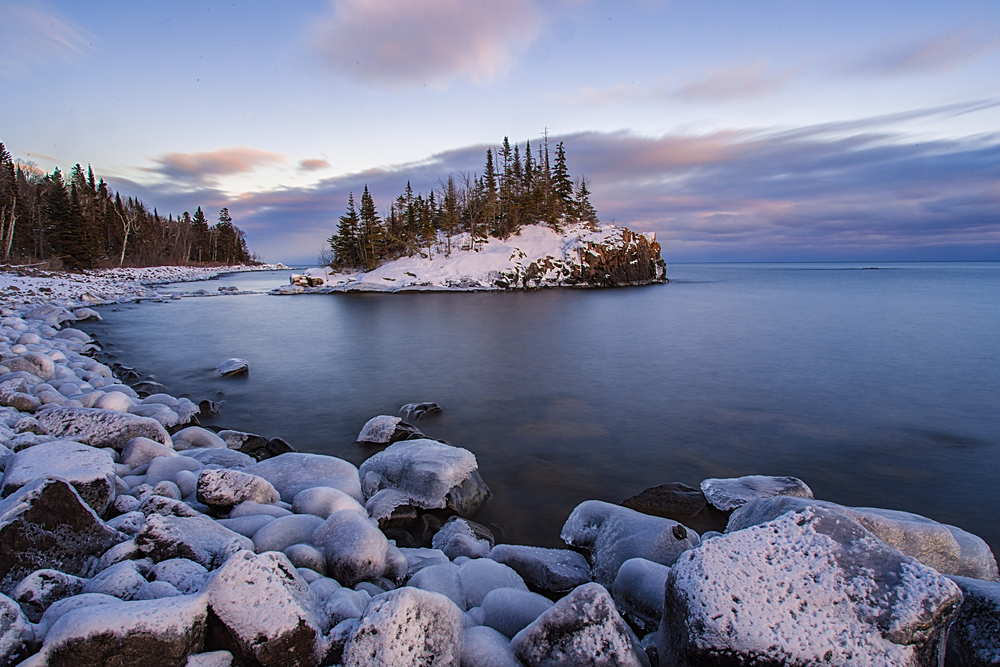
Known primarily for being the largest of the Great Lakes, Lake Superior has gained prestige for numerous reasons and one of those is its impressive depth.
For starters, Lake Superior is the largest lake of its kind (freshwater) in the entire world with a surface area of 31,700 miles and a shoreline stretching out over 1,700 miles.
Plus, the lake is home to a series of islands that make up an additional thousand miles of shoreline for waterfront views that never end.
While the average depth of this lake is below five hundred feet, some sections drop down as deep as 1,333 feet scoring it the title as one of Canada’s deepest lakes.
The lake is known for its extreme conditions and has even wrecked more than 350 ships throughout the years, taking the lives of nearly 10,000 people in the process.
Given its rough waters, many people even compare the lake to that of an ocean, with the tallest wave recorded reaching an incredible height of 31 feet.
But if you carefully plan your time on the water, you will be blessed with one of the best places to go boating and fishing.
In fact, there are nearly one hundred different species of fish that live within its waters and fishermen visit from far and wide to get in on the fun.
And since it is so massive, the lake rarely ever freezes over completely, so you can enjoy the incredible sight of moving water even on the coldest of days.
But this also means that the water is cold almost all year round, with an average temperature of thirty-five degrees during the summer season.
This means it is a great place to take a quick dip and cool off, but you won’t find people swimming laps around here.
The lake can be visited in a few of the states, but a big portion lies within the Canadian city of Ontario where you will find an abundance of other attractions to enjoy.
For instance, just a stone’s throw away from Lake Superior is Kakabeka Falls, which is known as the second tallest waterfall in the surrounding area, and the Nipigon River where the brook trout reach record sizes.
Backpackers and hikers will fall in love with the Casque Isle Trail, which takes you thirty-three miles along the picturesque coast of the lake.
And after a long day, you can always head over to the bustling town of Thunder Bay for dinner and drinks.
5. Manicouagan Reservoir

Also known as the “Eye of Quebec”, the Manicouagan Reservoir is one of the most unique lakes in the world, and it just happens to be one of the deepest as well.
The reservoir makes a giant circle around a massive island known as René-Levasseur Island and is known primarily for its interesting ring shape.
The annular formation of the lake was caused by a meteor shower millions of years ago that left a massive crater in the earth and is one of the oldest impact craters ever recorded.
It wasn’t until the 1960s that the people of Quebec took advantage of this crater by transforming it into a reservoir.
And after years of rainfall, the Manicouagan Reservoir has become one of the deepest lakes in Canada with a maximum depth of 1,150 feet.
But due to dry summers, the lake occasionally loses much of its depth bringing the overall average down to a little more than two hundred feet.
Regardless, a visit to the René-Levasseur Island at its center is always worth a trip to see the beautiful Mount Babel towering up at its heart.
The island is five hundred thousand acres with a sixty-thousand-acre portion of that dedicated to the Louis Babel Ecological Reserve.
It has become a hotspot for scientists studying the development of the earth’s crust thanks to the ancient rock formations that were exposed by the asteroid.
This reservoir isn’t a popular tourist attraction, and this is mainly because it is located in such a remote area that many people don’t want to make the trip out to it.
But that doesn’t mean you won’t see fishermen out on the water and the occasional swimmer enjoying the shallow waters come summertime.
It is important to note that this area suffers from extreme weather and is known for creating some pretty deadly waves that can make the reservoir an unsafe place to hang out.
6. Nimpkish Lake

Nestled in the northeastern part of Vancouver, Nimpkish Lake is one of the most popular bodies of water in Canada, but what many people don’t realize is that it is also one of the deepest lakes in the country.
This is the deepest lake on Vancouver Island, so if you plan on visiting any of the area’s lakes, it should be this one.
The breathtaking beauty of the towering mountain range and the dense forests that surround the lake make it a beautiful place to explore.
Even though this lake has gained such popularity, it remains extremely remote with zero development of tourist towns and attractions nearby.
In fact, the only sense of life you will find on Nimpkish Lake is that of the Nimpkish village, and even here you will find very limited amenities.
However, this is part of what makes this lake so well-loved since every trip here is filled with tranquil silence and peaceful waters.
The lake is large enough to entertain a large number of people without them ever crossing paths, so you’ll feel like you have this lake all to yourself.
The most popular activities on the lake include hiking amongst its untouched wilderness, going for a cool dip on hot summer days, taking advantage of the weather with an afternoon of windsurfing, and more.
And with a name that means “halibut at the bottom” in English, it only makes sense that the main attraction here is a day of fishing.
7. Grand Lake
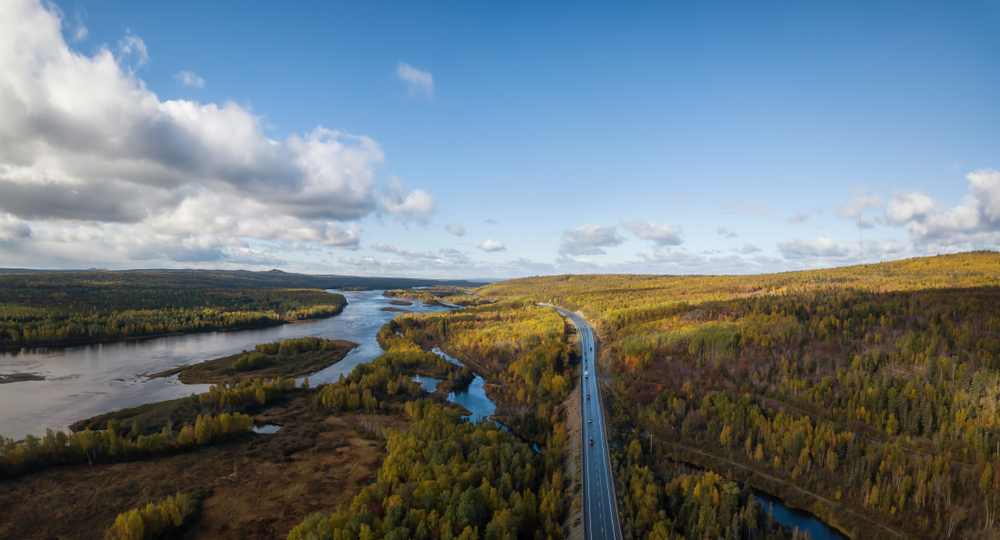
Located on Canada’s Newfoundland Island, Grand Lake has a name that matches it perfectly with its depth of 980 feet.
In fact, Grand Lake is actually the largest lake on Newfoundland, and it pairs nicely with Glover Island which also happens to be one of the largest lake islands around the globe.
Although the lake gained some of its depth after the flooding that occurred when the area was dammed in 1924, much of the water has built up on its own.
But in doing so, the lake flooded out into both Sandy Lake and Birch Lake to make an even larger body of water.
The addition of a few ponds and a river that became engulfed during the flood ultimately resulted in one massive lake.
And it is important to mention that although it can reach a maximum depth of 980 feet, this is only the case when there is melting snow adding to its belly.
In drier months, Grand Lake loses some of its depth, but it’s not enough to be of any concern for people hoping to enjoy some time out on the water.
Speaking of time on the water, there are multiple boat launches scattered around its remote shoreline for a quick getaway for boaters, kayakers, and canoers.
The rugged wilderness makes for a beautiful sight and the Appalachian Mountains out in the distance only add to the magical feeling of the lake.
Surprisingly, much of the fun is located around the lake rather than on it.
You will find people hiking around its edges at any time of year, whether it be a peaceful trail run in the summer or an eventful snowshoeing adventure come wintertime.
Plus, hunting is a very popular activity here, as the lake is home to a variety of different habitats that allow for a wide range of native species.
While the area isn’t very developed, you will find the occasional waterfront camp where people prepare for a season of bear, moose, and caribou hunting.
8. Great Central Lake
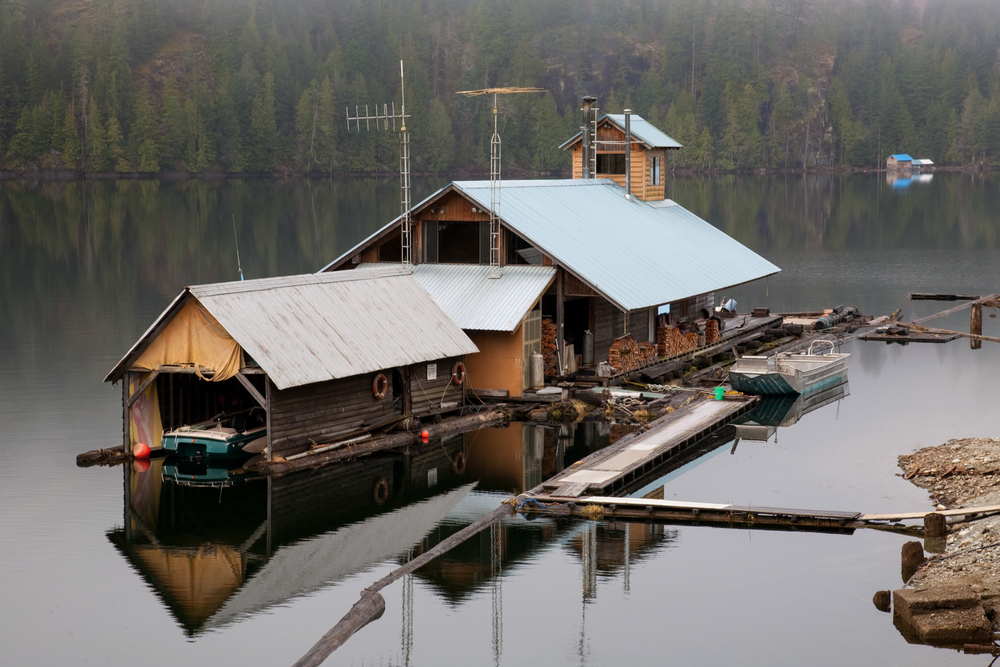
Another lake located on Vancouver Island is Great Central Lake with its astonishing depth of 820 feet.
But what makes this lake really interesting is that there are nearly one hundred people who call this lake home.
This is not to be confused with living in a waterfront house, as these people actually live on the water with the use of floating houses.
Luckily, the lake stretches out over twelve thousand acres and has an incredible shoreline of fifty-one miles, so there is plenty of Great Central to go around.
Much of its shoreline is made up of rugged cliffs that, although beautiful, do limit the areas available for launching your boat or going got a swim.
During the summer months, you can watch this lake come to life with avid fishermen, swimmers, hikers, and boaters.
There are even trails around the lake dedicated to off-roading, so you are sure to hear the sounds of ATVs out in the distance.
When you are not exploring the waters, you can go for a hike on Della Falls Trail to check out one of the tallest waterfalls in all of Canada.
This gushing set of falls drops nearly 1,500 feet for a dramatic sight you won’t see anywhere else, but the hike to its base is no easy task.
On average, it takes about seven hours just to reach the falls, so many people make this into a backpacking trip to lessen the strain.
Because of this, there are campsites located all along the trail for hikers to rest their heads free of charge.
And although the lake is very remote, Port Alberni is only ten miles away and boasts all the amenities you need like boat rentals, restaurants, an RV campground, a grocery store, and more.
9. Harrison Lake
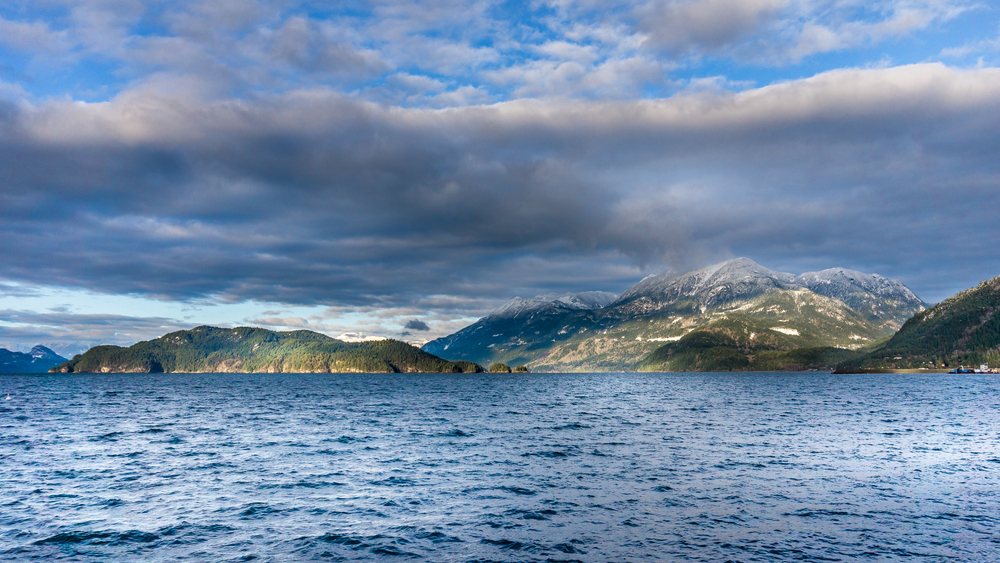
Tucked away in the southernmost part of the Coast Mountains, Harrison Lake is known for being the largest in the area and is also one of the deepest in the country.
At its deepest point, Harrison Lake reaches an incredible depth of 915 feet, and it stretches out over eighty miles, offering endless waterfront opportunities.
Everything about this lake is one-of-a-kind, from the picturesque Coast Mountains that tower around it to the abundance of hot springs that are peppered along its shores.
One popular activity is taking a cool dip in the lake before heading to a hot spring like Harrison Hot Springs for the ultimate evening of relaxation.
In fact, if it wasn’t for the lake’s many hot springs, the area would be completely free of towns or villages.
Much of the shoreline is made up of remote wilderness, but the development of small villages has occurred where hot springs are present.
For example, Harrison Hot Springs is home to less than fifteen hundred people, but it thrives because of the hot springs resort located in the heart of the village.
Some other hot springs that are a bit less popular and draw fewer crowds can be found at Port Douglas, Silver River, and Clear Creek.
But please keep in mind that although the hot springs are a great place to take a dip at any time of year, swimming in the lake itself is very limited.
During the hottest months of the year, people have been known to take a quick dip in order to cool off, but the lake remains extremely cold all throughout the year.
This means it can be very dangerous to attempt a swim when the temperature outside is not at its highest.
10. Slocan Lake
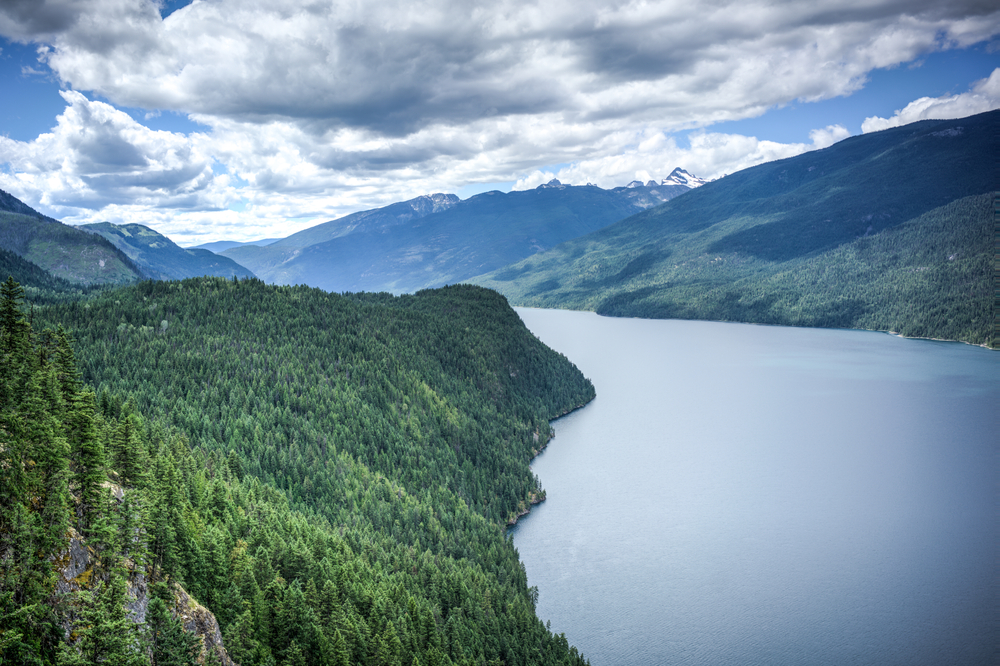
Located in Canada’s British Columbia, Slocan Lake is one of the country’s hidden gems and happens to be one of the deepest lakes around at 978 feet.
At first glance, this lake looks anything but small, but in comparison to some of Canada’s other lakes, Slocan’s twenty-six miles of surface area is not as impressive as some others on this list.
But since it is one of the quieter options, Slocan can feel gigantic when you have it all to yourself.
Not to mention the fact that you have more than fifty miles of shoreline to enjoy where you can relax lakeside or hike amongst its many trails.
And surprisingly, even though the lake hasn’t hit everyone’s radar, there are a few small towns that border the water and offer all the amenities you could need.
Plus, the lake is located right at the heart of two different mountain ranges, so you can enjoy the beauty of these towering formations in every direction you look.
The larger of the two is the Valhalla range, and you can explore more of this beauty with a visit to the nearby Valhalla Provincial Park.
Part of the lake is located within the park and there are an additional two hundred miles of untouched wilderness to explore that happens to be extremely popular with climbers.

